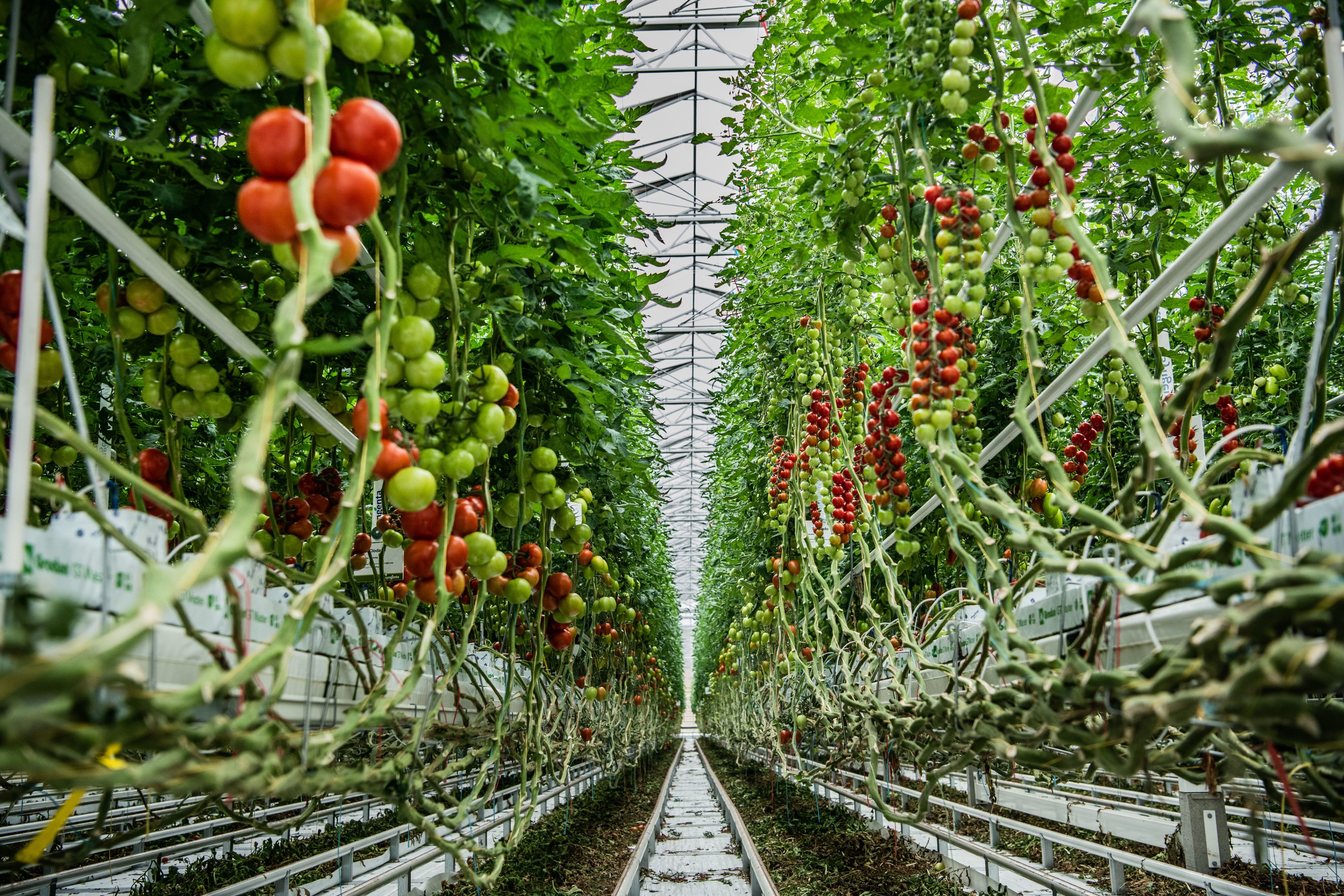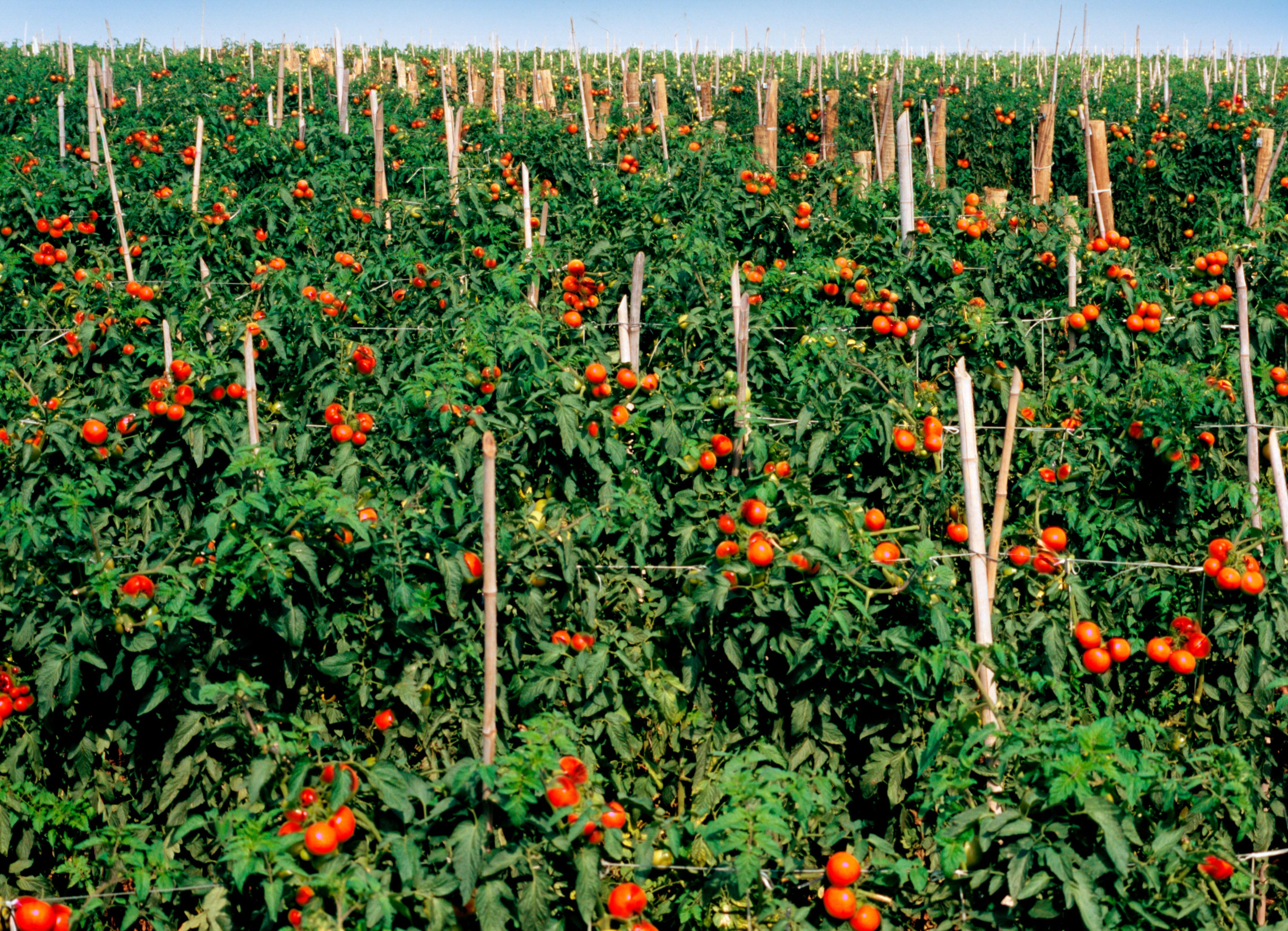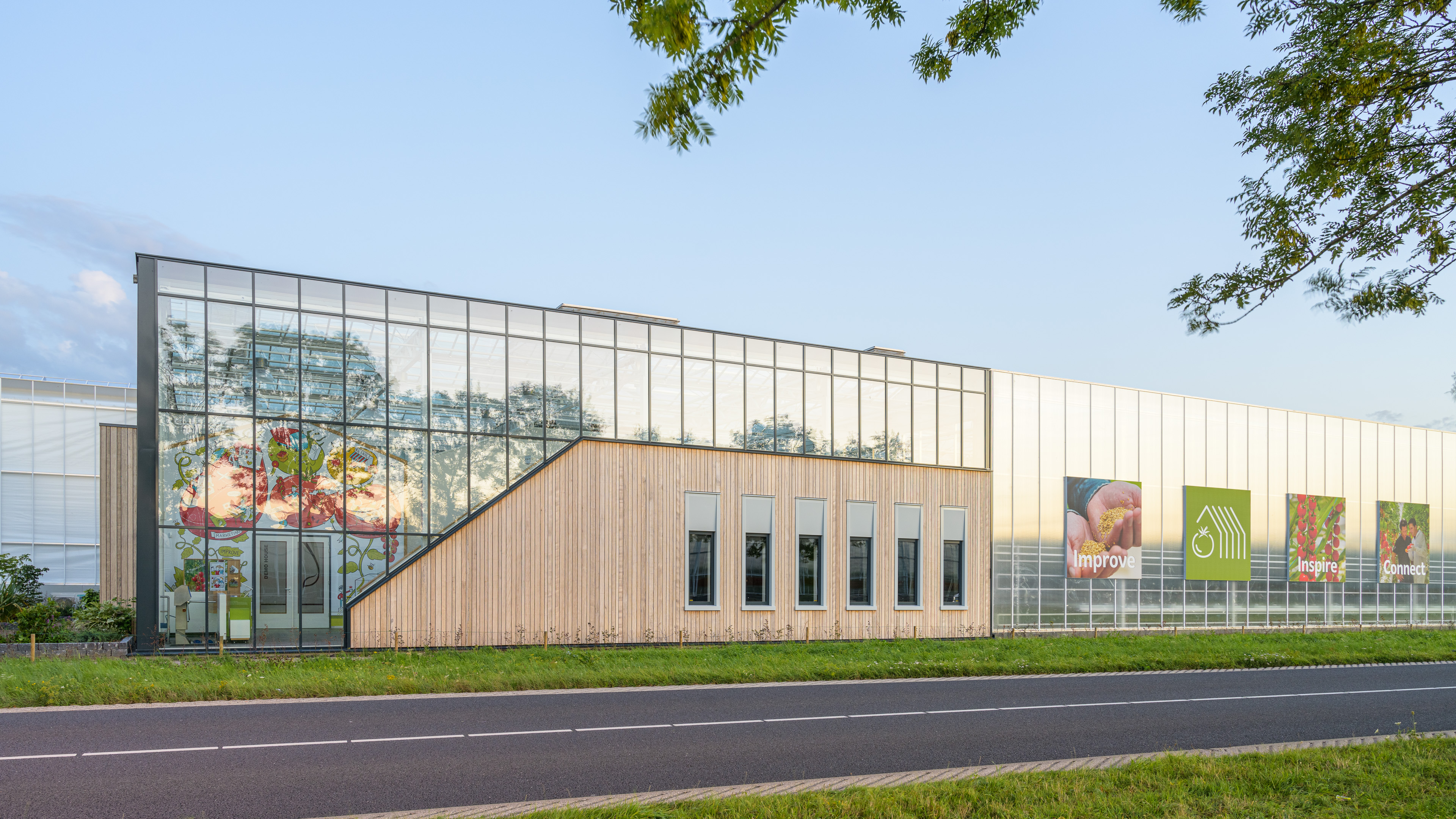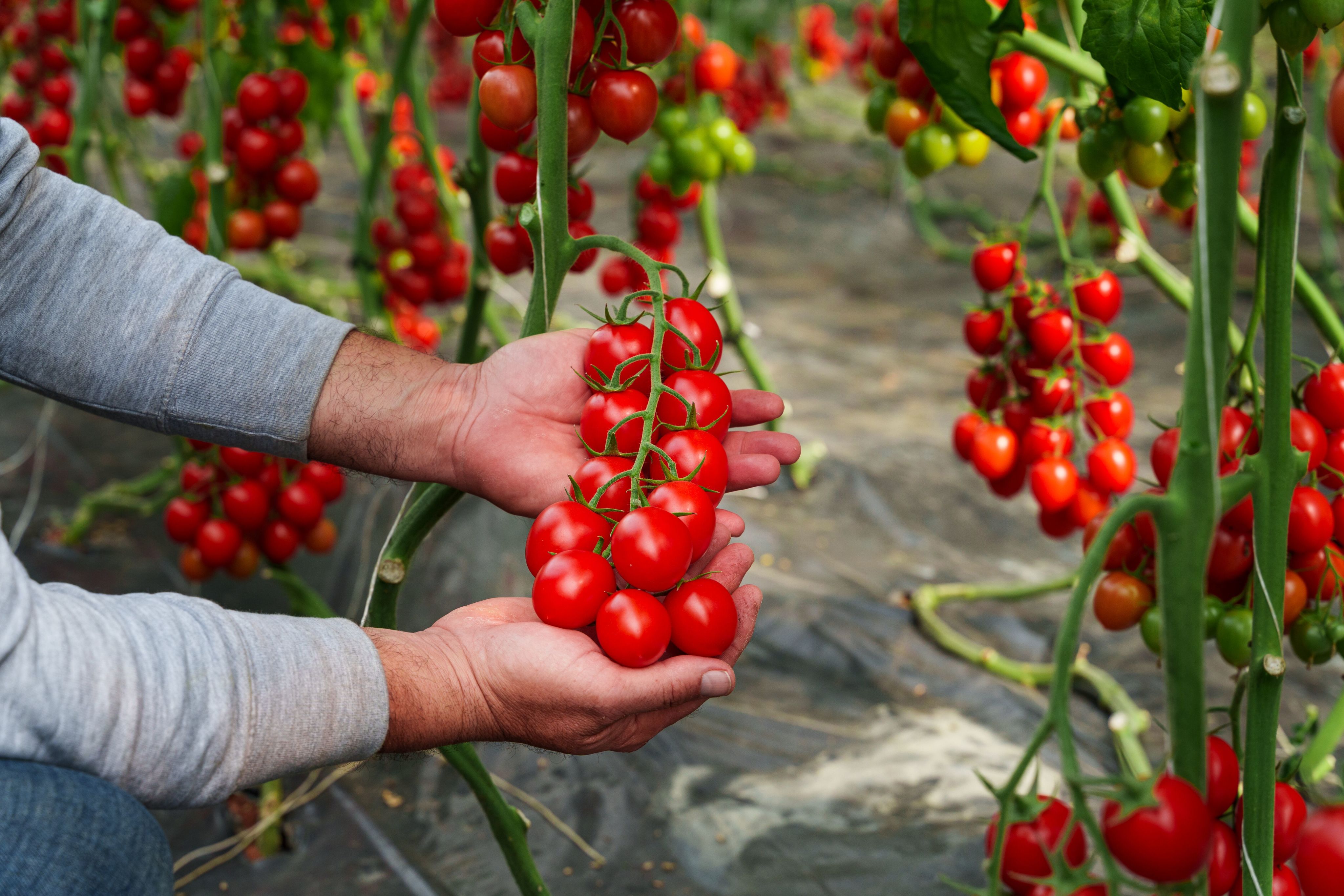Syngenta's tomato seeds:
Proving their value to growers everywhere

Tomatoes are one of the most popular and versatile fruits in the world, used in a variety of dishes and cuisines. But behind their juicy and delicious appearance lies complex breeding innovations that can allow them to last longer or make them resilient to evolving threats on a warming planet.
A seemingly ordinary tomato seed, equipped with Syngenta’s innovation, can make a difference for the entire value chain — farmers, retailers, and consumers worldwide. From virus resistance to shelf life, from greenhouse cultivation to traceability, Syngenta’s tomato seeds are ensuring farmers are ready to face new threats while helping them increase their yield.
At first glance, the price tags on these seeds may raise eyebrows, ranging from as little as $2 for a thousand seeds – varieties with limited technology – to thousands of dollars for the same quantity of high-tech varieties carrying novel traits, such as stronger yield and disease resistance. These varieties also have additional qualities such as longer shelf life, appearance, better taste, and health benefits.
“To the average person, these seeds might seem costlier than gold, but to growers they represent exceptional value,” says Ruud Kaagman, Global Crop Unit Head, Tomato, at Syngenta Vegetable Seeds.


Productive and resilient
"A single tomato seed has the potential to yield up to 75 kilograms of tomatoes. What's more, they can be cultivated for eleven months of the year in controlled greenhouse environments, ensuring consistent quality and taste with every harvest," says Kaagman.
However, looming over this promise is the shadow of viruses that are spreading wider around the agricultural world due to increasing global trade and transportation of goods. Another factor is climate change, which has brought warmer and wetter climates that provide a more conducive environment for pathogens to grow.
One of these such viruses is the tomato brown rugose fruit virus (ToBRFV), a fast-spreading pathogen that emerged in 2015 and nowadays threatens tomato production worldwide. Greenhouses, where much of the world’s tomato cultivation has shifted in the last decade, are hit particularly hard. In its wake, farmers are losing 20-30 percent of their tomato harvests on average, and, in the worst-case scenario, their entire crop.
The virus continues to spread despite stringent phytosanitary management measures by growers and seed companies, such as rotation, disinfection of seeds, eradication of infected plants and chemical treatment of contaminated greenhouses. To date, ToBRFV has been reported in at least 35 countries across Asia, Europe, North America and Africa.
"Growers are under pressure because of this virus. In response, our scientists came up with a solution as they have done for years to combat pathogens," says Marcel Prins, Head of Germplasm Development Solanaceae, Syngenta Vegetable Seeds.
"We have incorporated ToBRFV virus-resistance into many our tomato seeds and continue to breed resistance into new varieties,” Prins says. “The seeds are developed using conventional breeding methods, but the latest technological innovations have reduced the time required for the development of new virus-resistant varieties from a decade to just two years. This allowed Syngenta to respond faster to the threat posed by ToBRFV.”
In the long term, controlling this virus, and its evolving variants, will depend on the development of this kind of genetic resistance built into seeds. “We need to find solutions for smallholder farmers all the way up to large-scale farmers,” Prins says.
Smallholders benefit
In Africa and South Asia, where smallholder farmers are the backbone of agriculture, Syngenta's tomato seeds offer a lifeline. They make tomato fields less susceptible to the multitude of viruses that thrive in open fields, and also provide built-in resilience to other local diseases.
Among the standout features of Syngenta's hybrid tomatoes are their ability to withstand transportation on less-than-ideal roads, a feature particularly useful in nations where the transport infrastructure is still developing, as well as longer shelf life in tropical climates.
"These newer hybrid seeds contain genes that makes the fruits firmer, ensuring that most tomatoes arrive at their destination without a single bruise. Their shelf life can be extended to 5-7 days or even a few weeks, making them the ideal choice for retailers and consumers alike,” Kaagman says.
Adapted to greenhouses
Syngenta’s seed technology, combined with the shift to greenhouse cultivation, has been a game-changer for the industry. “Using high-tech tomato seeds, a greenhouse farmer can save up to 70 percent of water usage per kilogram of produce compared to traditional open-field farming. In advanced greenhouses, this figure skyrockets to as much as 90 percent, thanks to efficient recycling of both water and nutrients,” Prins says.
The yield is much higher too. For example, in open fields, a square meter of land usually yields between 5-10 kilograms of tomatoes. This number soars to 75 kilograms in greenhouses for the same area, using advanced seeds like Syngenta’s, making the operation more profitable for growers. It also meets consumers’ demand for complete traceability and quality control.
To help farmers get the most out of its seeds, Syngenta has introduced them to greenhouse trials. “In India, for instance, we have organized such trials to showcase the benefits of indoor farming, like higher yields and high return on investment,” Kaagman says.
Syngenta's tomato seeds are more than just seeds. A result of years of research, they are a testament to human ingenuity and a symbol of a brighter and more sustainable future for agriculture. That’s worth more than gold.



